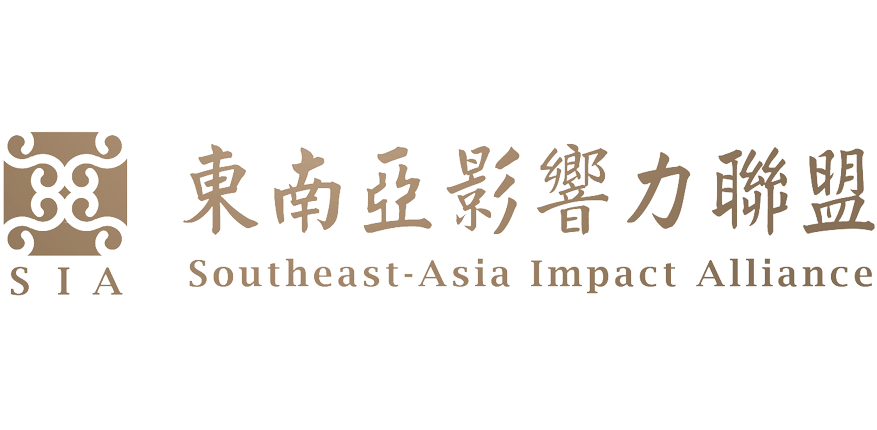The economic prospects of Vietnam in 2024

In 2023: Bright Spots
Many forecasts indicate that Vietnam’s GDP growth in 2023 will only reach above 5%. The Central Institute for Economic Management (CIEM) (under the Ministry of Planning and Investment) predicts Vietnam’s GDP in 2023 to be around 5.19%. Recently, the Asian Development Bank (ADB) projected a rate of 5.2%, significantly lower than the previous estimate of 5.8%. Notably, Vietnam’s forecasted growth of 5.2% is equivalent to China’s projected growth for the current year – the world’s second-largest economy.
Despite being recognized as an extremely challenging year, 2023 has seen several “bright spots” in the economy. According to CIEM’s assessment, some macroeconomic indicators are moving in a positive direction, with GDP growth showing improvement, particularly in the later quarters. The estimated GDP growth for Q4/2023 is 7.72%, Q3/2023 is 5.23%, Q2/2023 is 4.05%, and Q1/2023 is 3.28%.
According to Dr. Can Van Luc, Chief Economist at BIDV, a member of the National Financial-Monetary Policy Advisory Council, Vietnam cannot escape the impacts of the world economic difficulties. However, signs of economic recovery are quite evident. The economy has multiple drivers for growth in both 2023 and 2024, such as the global shift in supply chains and capital flows, the reopening of the Chinese market, significant growth in services and consumption, increased public investment with moderate fiscal risks, ample policy space, decreasing inflation and interest rates, stable exchange rates, and controlled risks of bad debts.
Dr. Can Van Luc shared that despite Vietnam’s GDP growth in 2023 being lower than the target range of 6-6.5%, it remains one of the highest growth rates in the Asia-Pacific region. Notably, from June onwards, there have been clear signs of economic recovery. Analyzing specific economic indicators such as exports, industrial production indices, Dr. Can Van Luc believes that the economy is improving. “Clearly, we have recovered and are regaining positive growth momentum,” he asserted.
Especially noteworthy is the positive change in the institutional framework, with many important laws passed by the National Assembly and in the process of approval, such as the Land Law, Housing Law, Real Estate Business Law, E-Transactions Law, Credit Institutions Law, among others.
Furthermore, the entire set of policies (relief measures, tax and fee deferrals, reductions, etc.) issued by the government in recent times to support various markets, including the capital market, land, real estate, and tourism, has been unprecedented. Importantly, most of the policies implemented since the COVID-19 pandemic have been maintained.
Dr. Luc emphasized that diplomatic efforts in general and economic diplomacy in particular have been highly successful in the past year.
Which scenario for 2024?
At the recent Vietnam Economic Forum 2023 organized by the United Nations Development Programme (UNDP) and CIEM, CIEM announced the update of three economic growth scenarios for Vietnam in 2024. These scenarios include a low scenario with GDP growth of 5.5%, a baseline scenario with GDP growth of 6%, and a high scenario with GDP growth of 6.5%.
This forecast closely aligns with the latest predictions from some international financial institutions, such as the World Bank projecting 5.5% (August 2023), the IMF forecasting 5.8% (October 2023), and the ADB forecasting 6% (September and December 2023).
Recently, during the 6th session, the National Assembly passed Resolution 103/2023/QH15 on the economic and social development plan for 2024, with a target GDP growth range of 6-6.5%.
2024 is recognized as a challenging year for the Vietnamese economy due to lingering internal difficulties from 2023. Additionally, global political situations remain complex and unpredictable, with a mild decline projected in global economic growth, including several major trading partners of Vietnam. Inflation is expected to remain high, possibly surpassing 2023 levels, making the management of Vietnam’s monetary policy challenging and requiring greater flexibility.
Nevertheless, a positive aspect is the stable economic growth over an extended period, providing momentum for a more favorable recovery. Vietnam’s political and trade position is increasingly emphasized internationally, with upgraded relations with the U.S. and Japan and the activation of some new free trade agreements. The government focuses on supporting economic recovery, with certain support policies extended into 2024.
In the economic scenarios, CIEM predicts that GDP in 2024 could grow corresponding to the baseline scenario (6%). To achieve this growth, CIEM’s research team suggests focusing on several solutions, including stabilizing macroeconomic conditions, controlling inflation, especially focusing on economic growth drivers, improving institutions and the business environment, enhancing infrastructure for production, and supporting production entities while promoting the development of goods and services markets.
What are the growth drivers?
According to the Resident Representative of UNDP in Vietnam, Ramla Khalidi, for Vietnam’s economy to strongly recover in 2024, flexibility in addressing existing challenges is crucial. Innovation, creativity, and energy transition present new opportunities for Vietnam to penetrate new markets, increase the value and quantity of goods, boost exports, attract investment, and leverage advanced technologies such as semiconductor technology and artificial intelligence.
Economic expert Nguyen Xuan Thanh, a lecturer at Fulbright University Vietnam, identifies the first driver for Vietnam’s economic growth in late 2023 and 2024 as exports. He suggests that Vietnam can achieve export growth ranging from 5-7% by exporting to the recovering U.S. market.
Dr. Can Van Luc predicts that global economic growth in 2024 may be flat or slightly reduced, but Vietnam is expected to recover at 6-6.5%, with inflation well within control at around 3.5-4%. To ensure this growth, fiscal policies from 2023 should continue to be applied. Monetary policies, such as interest rate reduction and debt restructuring, should also be extended throughout the year. For businesses, a strong restructuring, diversification of capital sources, and rapid transition towards green and digital directions are recommended.
“The target of 6-6.5% growth in 2024 is relatively challenging in the current context. However, many conditions and developments in the last months of 2023 support the growth prospects in 2024,” emphasizes Dr. Le Duy Binh, Director of Economica Vietnam.
Source: Phap Luat Viet Nam | Link
Visit our service | Link



